Hemorrhagic Stroke
A hemorrhagic stroke occurs when a weakened blood vessel in the brain ruptures and bleeds into the surrounding area. This type of stroke is less common than an ischemic stroke, but is also more deadly. It accounts for about 15 percent of all stroke-related deaths. The most common cause of a hemorrhagic stroke is high blood pressure, or hypertension. Other conditions, such as an aneurysm, arteriovenous malformation (AVM), or head trauma can also lead to one. Hemorrhagic strokes can present differently than ischemic strokes, so diagnosis can be difficult. Symptoms can include headache, nausea, dizziness, slurred speech, loss of feeling in the face or extremities, loss of coordination, confusion, and an inability to comprehend or respond to instructions. CT scans and MRI imaging can help to diagnose the presence of a hemorrhagic stroke, but a lumbar puncture may be needed to pinpoint the exact cause. Treatment for a hemorrhagic stroke focuses on controlling the bleeding, restoring efficient blood flow, and minimizing damage to the surrounding tissue. Different medical procedures, such as endovascular coiling, can be used to repair weakened blood vessels and stop the bleeding. Medications may be given to prevent blood clots and lower blood pressure. In some cases, lifestyle changes are recommended to lower the risk of a hemorrhagic stroke. These include maintaining healthy blood pressure levels, quitting smoking, engaging in regular exercise, limiting alcohol intake, and eating a healthy diet. Additionally, medications may be recommended to further reduce the risk of stroke. It is important for people to understand the symptoms and risk factors of a hemorrhagic stroke, so that they can seek medical help promptly and begin treatment quickly if one occurs. Early diagnosis and treatment can lead to the best possible results.
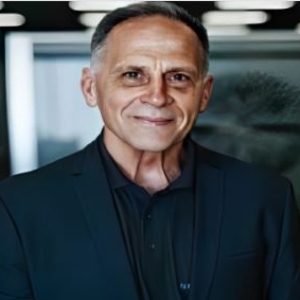
Ken Ware
NeuroPhysics Therapy Institute, Australia
Robert B Slocum
University of Kentucky HealthCare, United States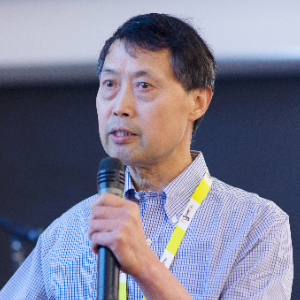
Yong Xiao Wang
Albany Medical College, United States
W S El Masri
Keele University, United Kingdom
Jaqueline Tuppen
COGS Club, United Kingdom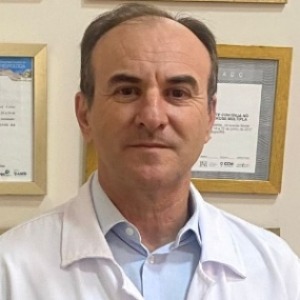
Milton Cesar Rodrigues Medeiros
Hospital Santa Casa de Arapongas, Brazil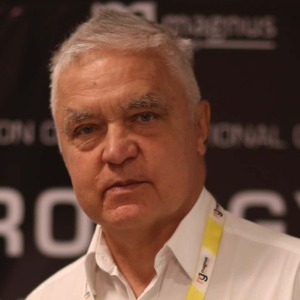
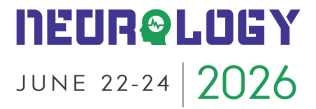



Title : Perception and individuality in patient cases identifying the ongoing evolution of Myalgic Encephalomyelitis/Chronic Fatigue Syndrome (ME/CFS)
Ken Ware, NeuroPhysics Therapy Institute, Australia
Title : Narrative medicine: A communication therapy for the communication disorder of Functional Seizures (FS) [also known as Psychogenic Non-Epileptic Seizures (PNES)]
Robert B Slocum, University of Kentucky HealthCare, United States
Title : Rabies: Challenges in taming the beast
Alan C Jackson, University of Calgary, Canada
Title : Neuro sensorium
Luiz Moutinho, University of Suffolk, United Kingdom
Title : Traumatic Spinal Cord Injuries (tSCI) - Are the radiologically based “advances” in the management of the injured spine evidence-based?
W S El Masri, Keele University, United Kingdom
Title : Personalized and Precision Medicine (PPM), as a unique healthcare model through biodesign-driven biotech and biopharma, translational applications, and neurology-related biomarketing to secure human healthcare and biosafety
Sergey Victorovich Suchkov, N.D. Zelinskii Institute for Organic Chemistry of the Russian Academy of Sciences, Russian Federation